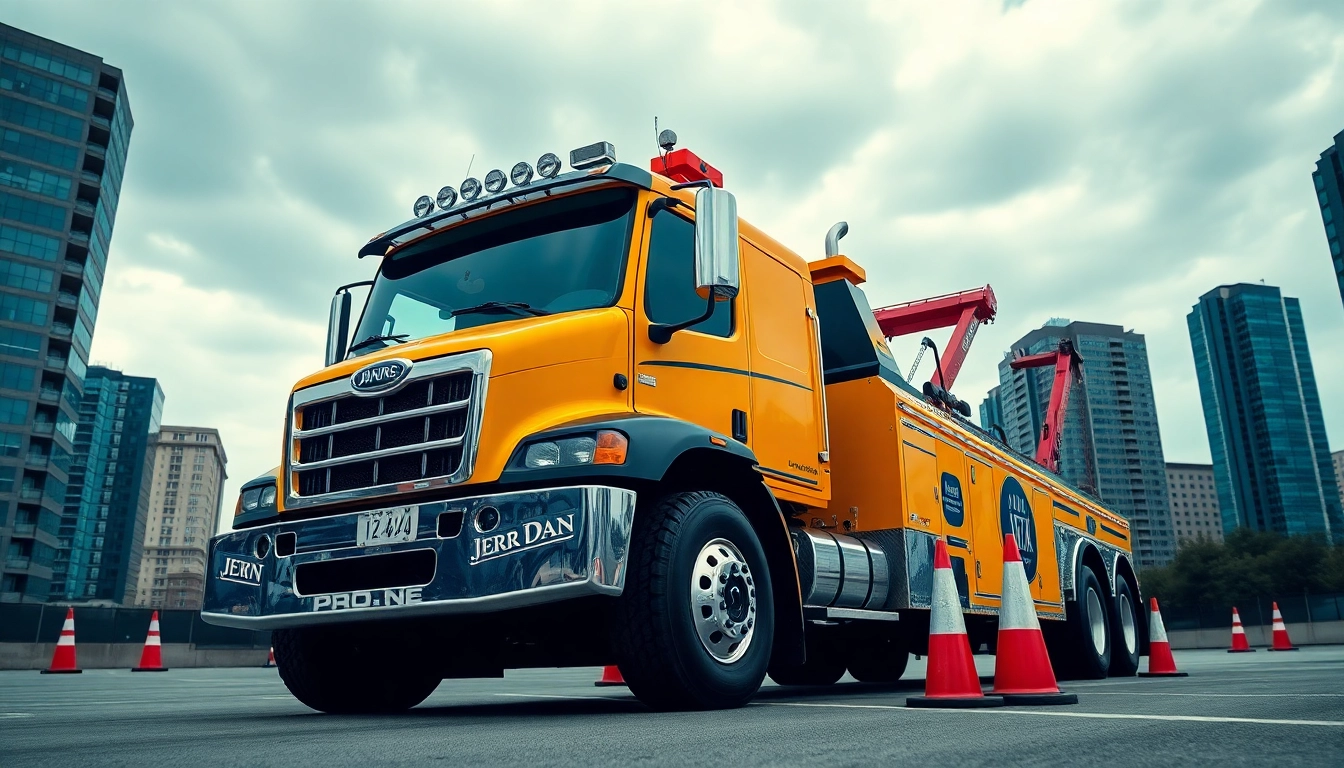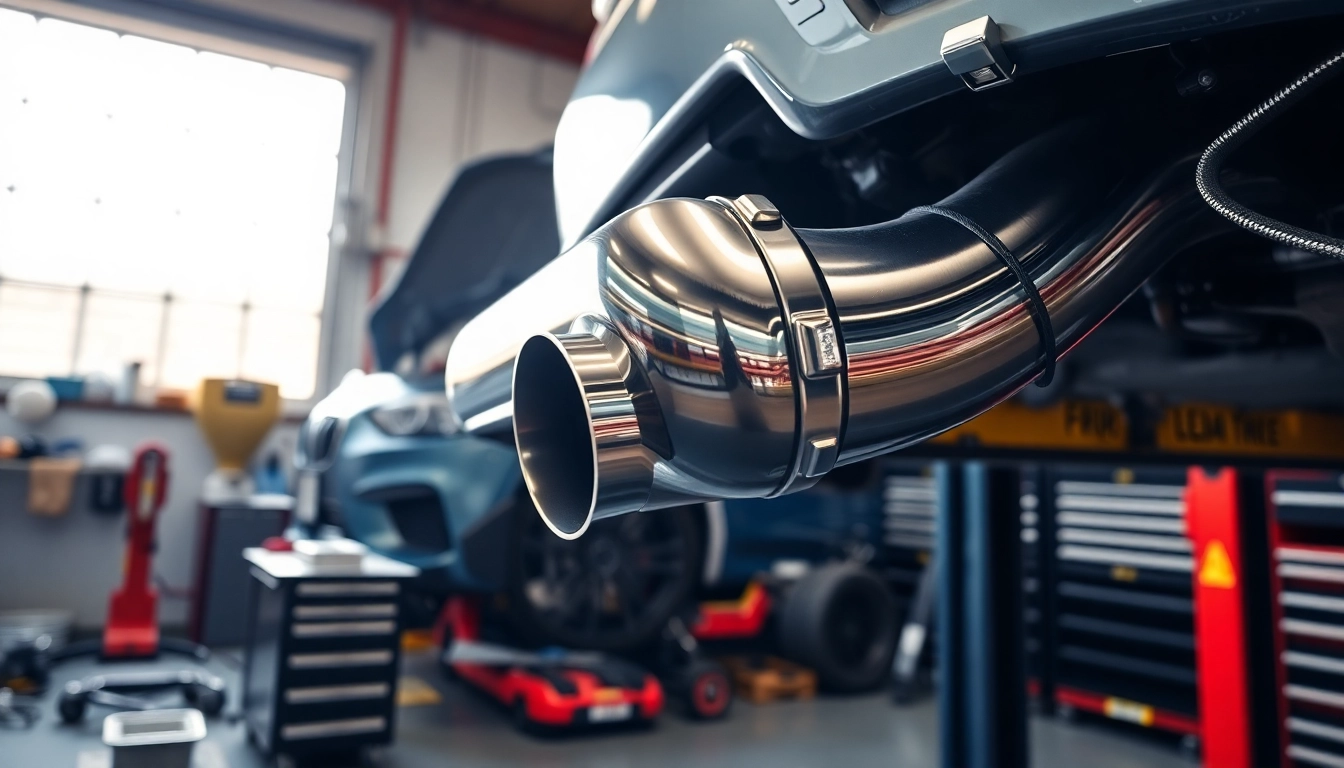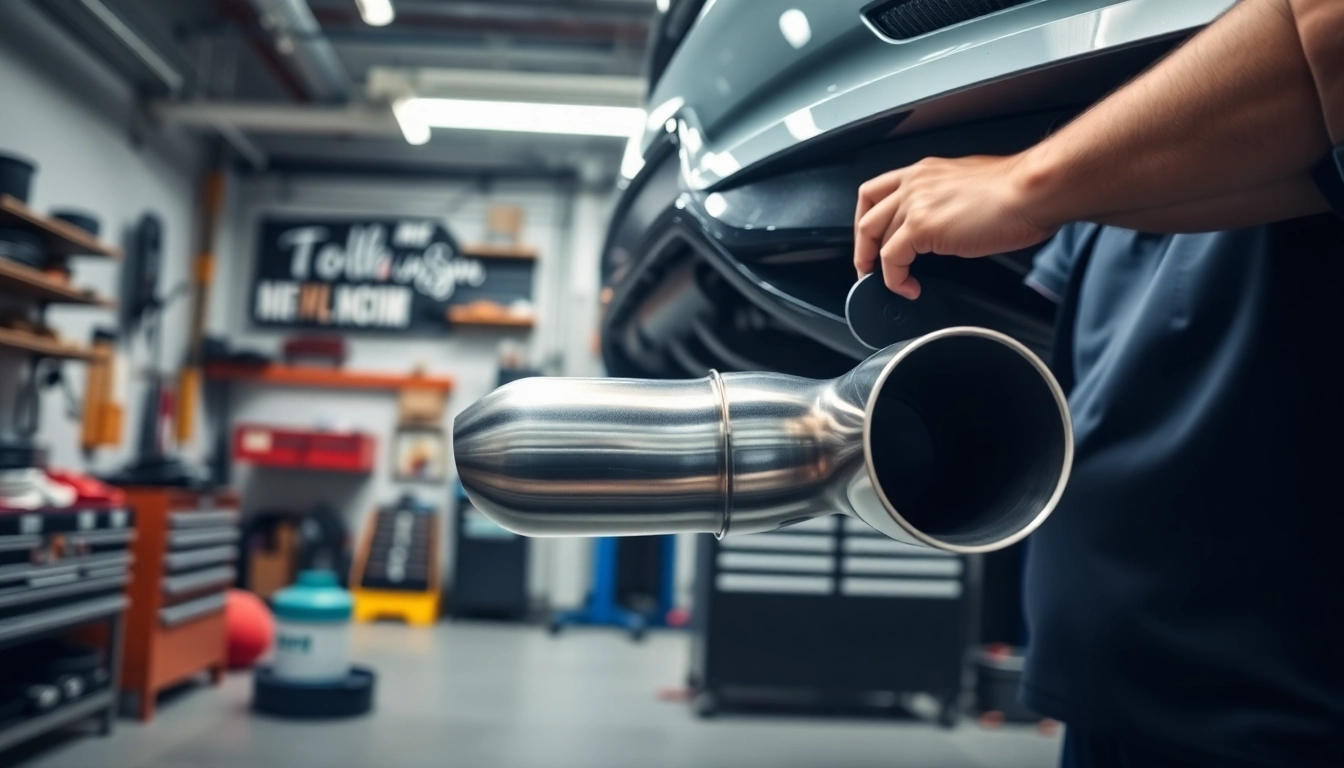Understanding Precision Die Cutting
What is Precision Die Cutting?
Precision die cutting is a manufacturing process used to create intricate shapes and components from a variety of materials with exceptional accuracy. This process is achieved using a specialized press fitted with a die or blade that cuts through material sheets or rolls to produce custom shapes or parts. Common materials used in precision die cutting include paper, plastic, rubber, and even metals, making it a versatile solution for many industries.
This technique stands apart from traditional cutting methods due to its ability to maintain tight tolerances, consistently reproducing designs with minimal variation. By using precision die cutting, manufacturers can produce high-quality components that meet the exact specifications needed for their applications, such as packaging, automotive parts, electronics, and much more. For comprehensive insights on precision die cutting, it’s important to understand its benefits, applications, and types.
Benefits of Precision Die Cutting
Several advantages make precision die cutting an advantageous choice for manufacturers and businesses alike:
- High Precision: The use of rigid dies allows for remarkably accurate cuts, ensuring that parts align perfectly, which is crucial for applications requiring high tolerances.
- Efficiency: Precision die cutting can produce large quantities of parts quickly due to its speed, significantly reducing production times.
- Cost-Effectiveness: Despite initial setup costs, precision die cutting reduces waste and material costs over time, especially in large production runs.
- Versatility: Different materials can be cut and shaped, making it applicable across various industries, including packaging, electronics, textiles, and medical devices.
- Design Flexibility: This method allows for intricate and complex designs that may not be possible with conventional cutting techniques.
Common Applications of Precision Die Cutting
Precision die cutting offers remarkable utility across numerous applications. Here are some common examples:
- Packaging: Custom packaging solutions often require unique shapes and openings, perfect for precision die cutting.
- Electronics: Components such as insulation, gaskets, and seals that require high accuracy to ensure compatibility and functionality.
- Medical Devices: Cutting medical supplies and devices that meet strict regulatory requirements while ensuring precision.
- Automotive Components: Parts that require durability and precise measurements for assembly and function.
- Textiles: Cutting fabrics for apparel or industrial uses, where specific shapes and sizes are necessary.
Types of Die Cutting Methods
Flatbed Die Cutting Explained
Flatbed die cutting involves a stationary die that cuts through the material on a flat surface. This method typically uses steel rule dies or custom-built dies to cut shapes out of various materials. Flatbed die cutting is well-suited for thicker materials and is often utilized in packaging and large print runs where cutting simple shapes is required.
The major advantages of flatbed die cutting include:
- Ability to cut thicker materials effectively.
- Simplicity of setting up the die, which can be quickly adjusted for different designs.
- Ideal for low-to-medium volume production runs.
However, flatbed die cutting can fall short when it comes to speed and efficiency compared to other techniques.
Rotary Die Cutting Techniques
Rotary die cutting employs a cylindrical die that cuts the material as it rolls through the machine. The rotary method excels in high-speed production and is particularly effective for continuous rolls of material, allowing for greater volume and efficiency.
Benefits of rotary die cutting include:
- High-speed production capabilities make it suitable for large-scale manufacturing.
- Consistent quality in cuts, ensuring fewer defects and lower waste.
- Great for complex designs that require speed and precision.
This approach is favored in industries such as flexible packaging and labels, where the volume of the cut parts is pivotal.
Laser Die Cutting: Pros and Cons
Laser die cutting utilizes a focused laser beam to cut through material, providing an intuitive and highly versatile cutting solution. This technology is applicable for an extensive range of materials from paper to metals and offers the potential for intricate designs with enhanced quality.
Advantages of laser die cutting:
- Precision cutting that minimizes waste and increases production efficiency.
- Ability to combine cutting, engraving, and perforating in one step, which can streamline processes.
- Versatility in material types, allowing for intricate and fine designs.
However, laser die cutting does come with some disadvantages:
- Higher initial equipment costs due to the advanced technology required.
- Longer processing times for thicker materials compared to traditional cutting methods.
Therefore, while it offers significant benefits for complex cutting tasks, evaluating the material and project size is essential.
Choosing the Right Die Cutting Service
Key Factors in Selecting a Partner
When looking to partner with a die cutting service, it’s crucial to consider several factors to ensure they meet your quality and production needs. Key considerations include:
- Experience: Check the provider’s experience in your specific industry and type of projects they have successfully executed.
- Technology: Evaluate the technology they employ for die cutting, as modern machines can significantly enhance quality and efficiency.
- Quality Control: Examine their quality assurance processes to ensure they can maintain precision and meet your standards.
- Customer Service: Choose a partner that provides clear communication, responsiveness, and support throughout your project.
Evaluating Quality and Precision
Quality evaluation is crucial when selecting a die cutting service. Consider the following aspects:
- Sample Testing: Request samples to assess the precision and quality of the cuts made by their equipment and processes.
- Tolerance and Measurement: Inquire about their standard tolerance levels and how they measure quality. Understanding their capabilities can prevent future discrepancies.
- Case Studies: Review case studies or testimonials from previous clients to gauge their satisfaction and the success of past projects.
Questions to Ask Your Die Cutting Provider
Before engaging a die cutting service, ask essential questions to ensure they align with your project requirements. Some important questions include:
- What types of materials do you specialize in?
- Can you provide samples of previous work similar to my requirements?
- What is your typical turnaround time for projects?
- How do you handle quality control and testing?
- What are your pricing structures based on material and volume?
Cost Factors in Precision Die Cutting
Understanding Pricing Structures
Understanding the cost associated with precision die cutting is vital for making informed decisions about manufacturing processes. Pricing typically includes:
- Die Costs: The initial cost to create the die, which can vary significantly based on complexity and material.
- Material Costs: The price of raw materials can fluctuate, impacting the total cost per unit.
- Setup Costs: Including labor and machine setup times that can add to the project’s overall price.
- Volume Discounts: Many manufacturers provide discounts as order quantities increase, which can help reduce costs for large runs.
Factors Affecting Die Cutting Costs
Several factors can influence the overall cost of precision die cutting:
- Material Type: Some materials are more costly or challenging to cut, affecting pricing strategies.
- Die Complexity: More intricate designs require advanced techniques and die configurations, leading to higher costs.
- Order Size: Larger batches typically reduce the cost per unit, while smaller orders may incur higher individual costs.
Maximizing Value from Your Investment
To ensure you’re getting the most out of your precision die cutting process, consider the following tips:
- Evaluate Multiple Providers: Gather quotes from different providers and compare costs and services.
- Optimize Design: Collaborate with designers to simplify parts when possible, reducing die complexity and material waste.
- Plan for Bulk Orders: If you anticipate needs for the same component frequently, consider bulk ordering to leverage discounts.
Future Trends in Precision Die Cutting
Technological Advancements
The precision die cutting industry is rapidly evolving, with technological advancements that promise to enhance efficiency and capabilities. Some key trends include:
- Automation: Increased automation in die cutting machinery is streamlining workflows, significantly reducing lead times and costs.
- Integration with Digital Printing: Combining die cutting processes with digital printing technology enables customized solutions and short-run production.
- Advanced Materials: The exploration of new materials that offer better performance, sustainability, and cutting properties is on the rise.
Eco-Friendly Practices
As industries increasingly focus on sustainability, precision die cutting is adapting its processes to be more eco-friendly. Trends include:
- Material Recycling: Efforts to recycle waste materials generated during production and utilize eco-friendly materials.
- Reducing Energy Consumption: Innovations in machinery that consume less energy while maintaining high performance are becoming standard.
- Biodegradable Materials: Greater emphasis on developing and using biodegradable materials in die cutting applications.
The Role of Customization and Innovation
Customization will continue to be a driving force in the precision die cutting market, catering to the increasing demand for unique products. Innovation in design, functionality, and the ability to meet niche market needs will pave the way for more targeted and efficient die-cut solutions.
Overall, as industries evolve, precision die cutting will play a critical role in developing advanced products that are both efficient and environmentally conscious.






